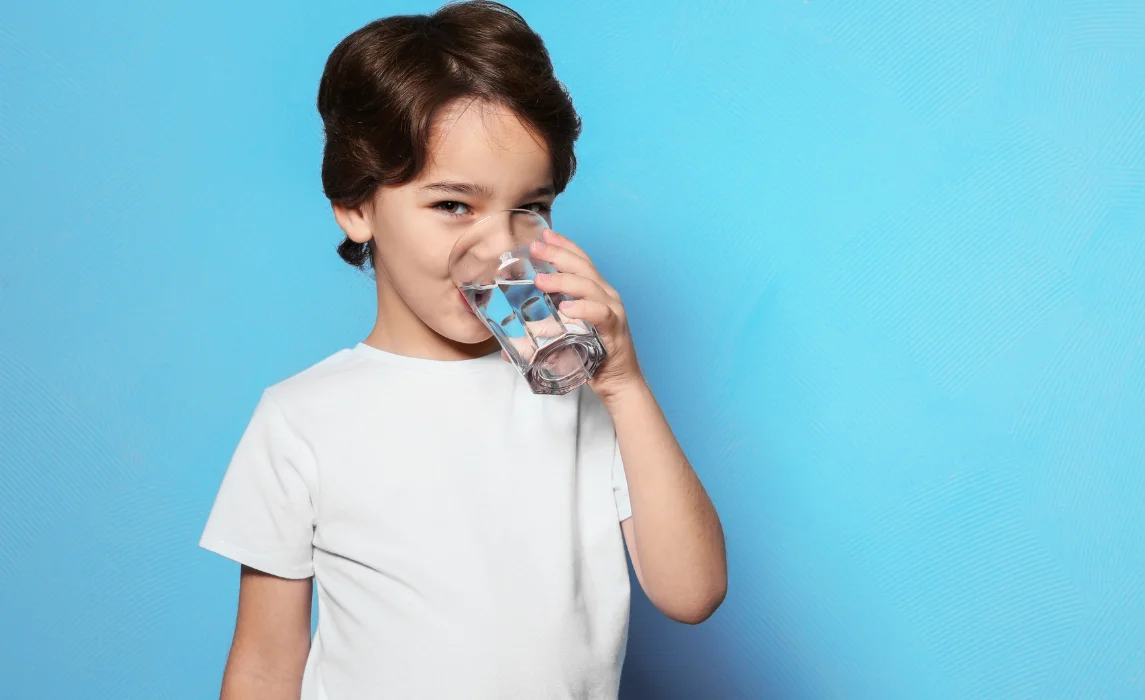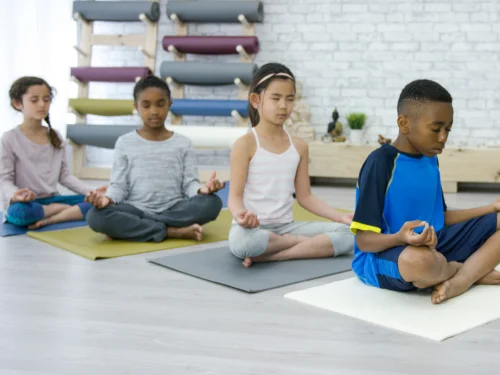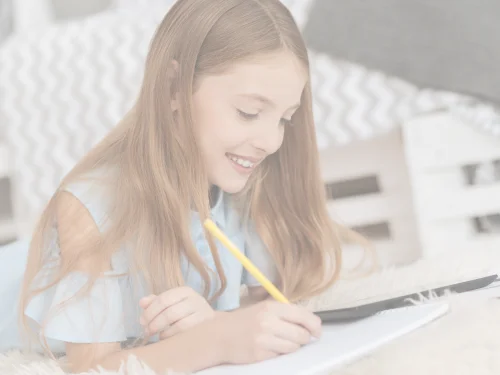How to Hydrate a Child That Won’t Drink and Avoid Dehydration
Yes—finger plays, clapping games, and dance routines that use hand gestures all help. Combine rhythm and repetition for deeper learning.
Send home simple activity ideas, kits, or worksheets. Offer short instructions and encourage family involvement. Regular practice builds lasting progress.
Try origami, sticker scenes, stringing pasta, or painting with Q-tips. Crafts that use small pieces build precision and control.
Water does more than just quench thirst. It helps regulate body temperature, keeps energy levels steady, supports digestion, and helps the brain stay focused. When kids lose fluids from fever, diarrhea, or vomiting, they can get dehydrated quickly—much faster than adults. That’s why knowing how to keep your child hydrated is so important.
Signs of Dehydration in Children

Look out for these warning signs:
- Dry lips or mouth
- Fewer tears when crying
- Dark yellow urine or peeing less often
- Sunken eyes or soft spot in babies
- Sleepiness, dizziness, or unusual fussiness
If your child shows severe signs—like extreme tiredness, no urine at all, or cold hands and feet—seek medical help right away.
Step 1: Offer Small Sips Often
When kids feel sick, large gulps can be overwhelming. Instead, try:
- 2 teaspoons every 5 minutes for babies and toddlers
- 1 tablespoon every 5 minutes for older children
Use a timer or make it a game (like “sip when the song changes”) to encourage consistency.
Step 2: Choose the Best Fluids
Not all drinks are equal when it comes to hydration.
Best choices include:
- Oral Rehydration Solutions (ORS): These replace water, salt, and sugar all at once. They come as liquids or popsicles.
- Diluted Apple Juice (for kids 1+): Mix half juice and half water to make it more appealing.
- Broth or clear soup: Adds comfort and gentle hydration.
- Flavored water: Add a slice of strawberry, lemon, or cucumber for color and taste.
Avoid:
- Sugary sodas, full-strength juices, or sports drinks (these can upset the stomach).
- Plain water for babies under 12 months (stick to breastmilk, formula, or doctor-approved solutions).
Step 3: Make Drinking Fun
If your child refuses, creativity helps:
- Use a silly straw or favorite cup.
- Try ice chips, slushies, or popsicles.
- Host a tea party with warm, caffeine-free herbal tea.
- Let them choose the drink “style”—warm broth, cold water, or fruity ice.
Step 4: Track Their Progress
A good rule: kids should pee regularly and the urine should be light yellow or clear. Dark, strong-smelling urine means they need more fluids.
How Much Water Kids Need Each Day (When Healthy)
.webp)
- Ages 1–3: about 4 cups (1 liter)
- Ages 4–8: about 5 cups (1.2 liters)
- Ages 9–13: 5–6 cups (1.4–1.6 liters)
- Teens: 6–8 cups (1.6–1.9 liters)
Active kids and hot weather mean they’ll need more.
You May Also Like: How to Get Children to Listen: 8 Practical Strategies for Parents
When to Call the Doctor
.webp)
Call your pediatrician if your child:
- Refuses all fluids for several hours
- Keeps vomiting and can’t hold anything down
- Still looks dehydrated after your efforts
- Is under 6 months old with any signs of dehydration
Seek emergency care if they are very sleepy, not urinating, or have blue/gray skin tone.
You May Also Like: What Causes Oral Fixation: From Childhood Roots to Adult Habits
Final Takeaway
.webp)
Keeping a child hydrated when they don’t want to drink can be stressful, but small sips, kid-friendly fluids, and creative tricks can make all the difference. Watch for dehydration signs, act early, and don’t hesitate to call your doctor if things don’t improve.
You May Also Like: Top 10 Kid Coordination Drills: Fun, Effective Ways to Build Motor Skills




